A Basic Introduction to 6 Key Composition Techniques Every Painter Should Master
Whether you’re returning to art after a few years or embarking on a second career as an artist, the fundamentals of composition remain central to creating impactful artwork. Composition refers to how the elements within a painting are arranged, and it’s often what separates good art from great art. In this blog, we’ll explore six of the most important composition techniques for painters of all mediums. We’ll discuss their benefits, constraints, provide famous examples, and rank them from easiest to hardest—helping you decide where to focus your energies as you dive into your next workshop in Europe or beyond.
If you disagree with anything or have some important details to add, let me know! I’m always happy to update the post and make it more valuable to anyone reading.
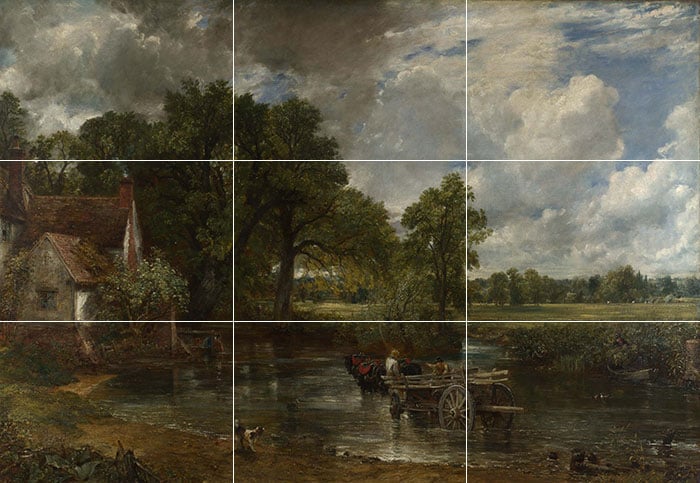
1. Rule of Thirds (Beginner-Friendly)
Overview:
The Rule of Thirds is a basic yet powerful technique in which you divide the canvas into a 3×3 grid by drawing two equally spaced horizontal lines and two equally spaced vertical lines. The idea is to position the main elements along these lines or, more powerfully, at their intersections. This strategy helps avoid placing the subject in the center, which can often feel static or predictable.
Benefits:
- It’s an intuitive and straightforward approach for those just starting or returning to painting.
- It naturally guides the viewer’s eye to the focal points, creating a sense of balance and harmony.
- It’s easy to apply and adaptable across many genres of painting.
Constraints:
- Over-reliance on the Rule of Thirds can lead to compositions that feel too formulaic or predictable.
- This technique is not always suited to subjects that benefit from a more organic, free-flowing composition.
Famous Example:
- “The Hay Wain” by John Constable: This iconic landscape painting is a perfect example of the Rule of Thirds in action. The large, central structure (the hay wagon) is positioned slightly off-center, allowing for a balanced and dynamic use of the surrounding landscape. Of course, we could go into a lot more detail about the more complex ideas within the composition of this painting, but that’s for another blog.
Ranking: Easiest. Its simplicity and accessibility make it an excellent starting point for beginners or those returning to painting.
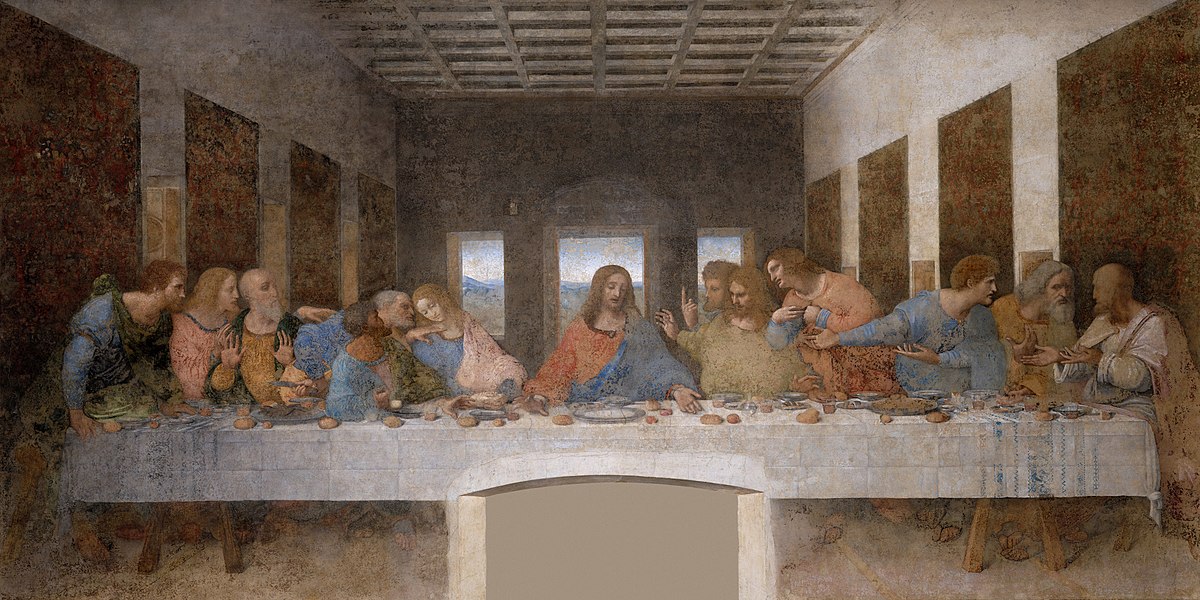
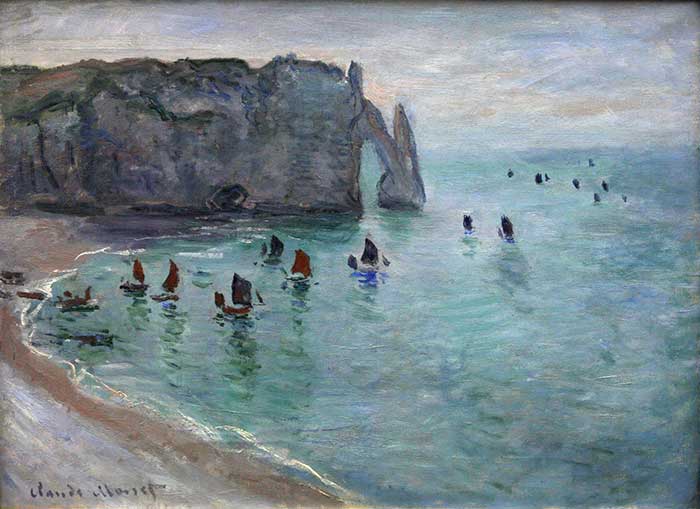
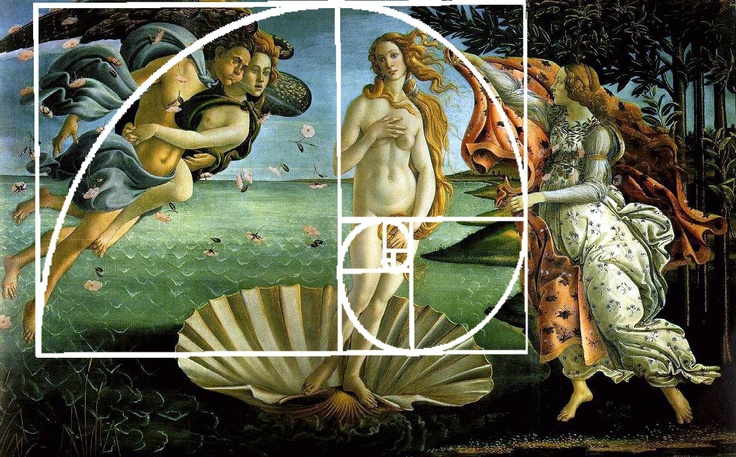
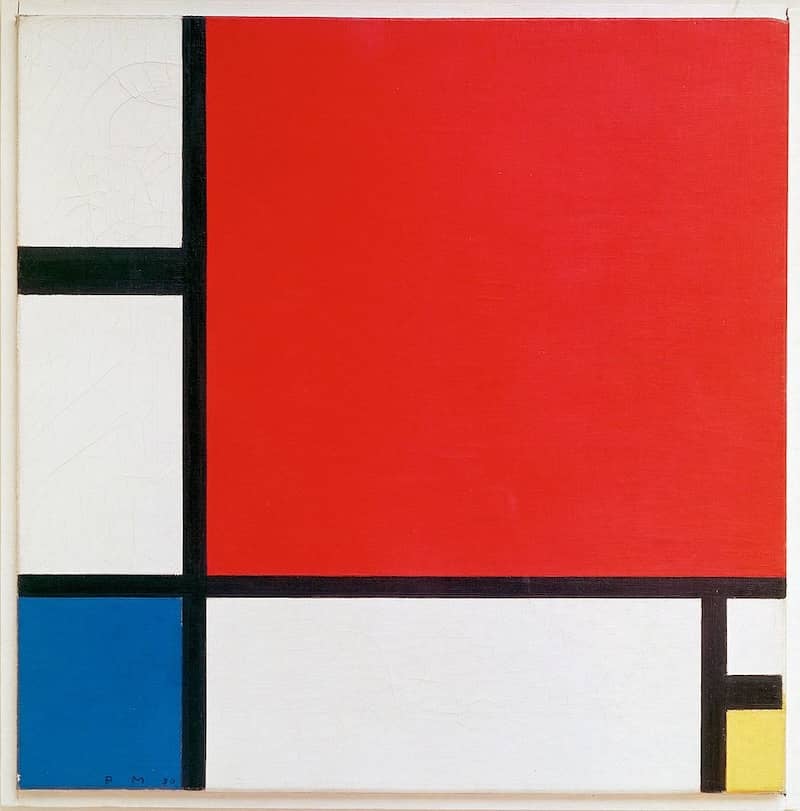

So, there you have it. A very brief introduction to some interesting compositions. I hope you found a tiny bit of inspiration or a little spark to get you painting! There are a lot of compositions that we haven’t included, we’ve got to save something for the next blog, right?
Talk soon
Written by Harrison
More From This Category

Whispers of the Past: Unveiling Quercy’s Enchanting Myths and Legends
Whispers of the Past: Unveiling Quercy's Enchanting Myths and Legends It's amazing when you get to visit a new place. Tick off all the big sites, leave out a couple that look less interesting. We know the deal. But it doesn't end there. The best part of visiting a new...

Whispers of the Past: Unveiling Quercy’s Enchanting Myths and Legends
Whispers of the Past: Unveiling Quercy's Enchanting Myths and Legends It's amazing when you get to visit a new place. Tick off all the big sites, leave out a couple that look less interesting. We know the deal. But it doesn't end there. The best part of visiting a new...

Whispers of the Past: Unveiling Quercy’s Enchanting Myths and Legends
Whispers of the Past: Unveiling Quercy's Enchanting Myths and Legends It's amazing when you get to visit a new place. Tick off all the big sites, leave out a couple that look less interesting. We know the deal. But it doesn't end there. The best part of visiting a new...


0 Comments